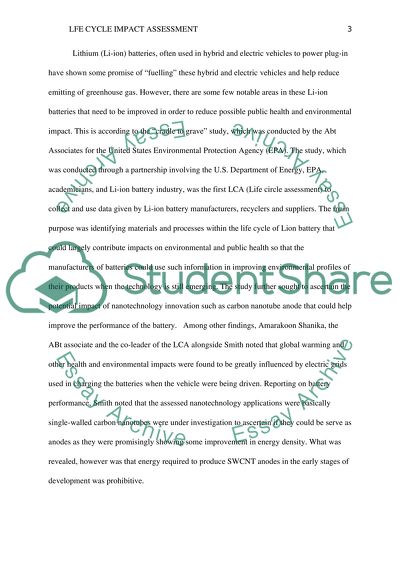Cite this document
(“The topic is life cycle impact assessment and the area of the topic is Case Study”, n.d.)
Retrieved from https://studentshare.org/engineering-and-construction/1634257-the-topic-is-life-cycle-impact-assessment-and-the-area-of-the-topic-is-environmental-impact-assessment
Retrieved from https://studentshare.org/engineering-and-construction/1634257-the-topic-is-life-cycle-impact-assessment-and-the-area-of-the-topic-is-environmental-impact-assessment
(The Topic Is Life Cycle Impact Assessment and the Area of the Topic Is Case Study)
https://studentshare.org/engineering-and-construction/1634257-the-topic-is-life-cycle-impact-assessment-and-the-area-of-the-topic-is-environmental-impact-assessment.
https://studentshare.org/engineering-and-construction/1634257-the-topic-is-life-cycle-impact-assessment-and-the-area-of-the-topic-is-environmental-impact-assessment.
“The Topic Is Life Cycle Impact Assessment and the Area of the Topic Is Case Study”, n.d. https://studentshare.org/engineering-and-construction/1634257-the-topic-is-life-cycle-impact-assessment-and-the-area-of-the-topic-is-environmental-impact-assessment.


